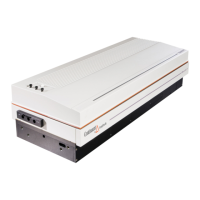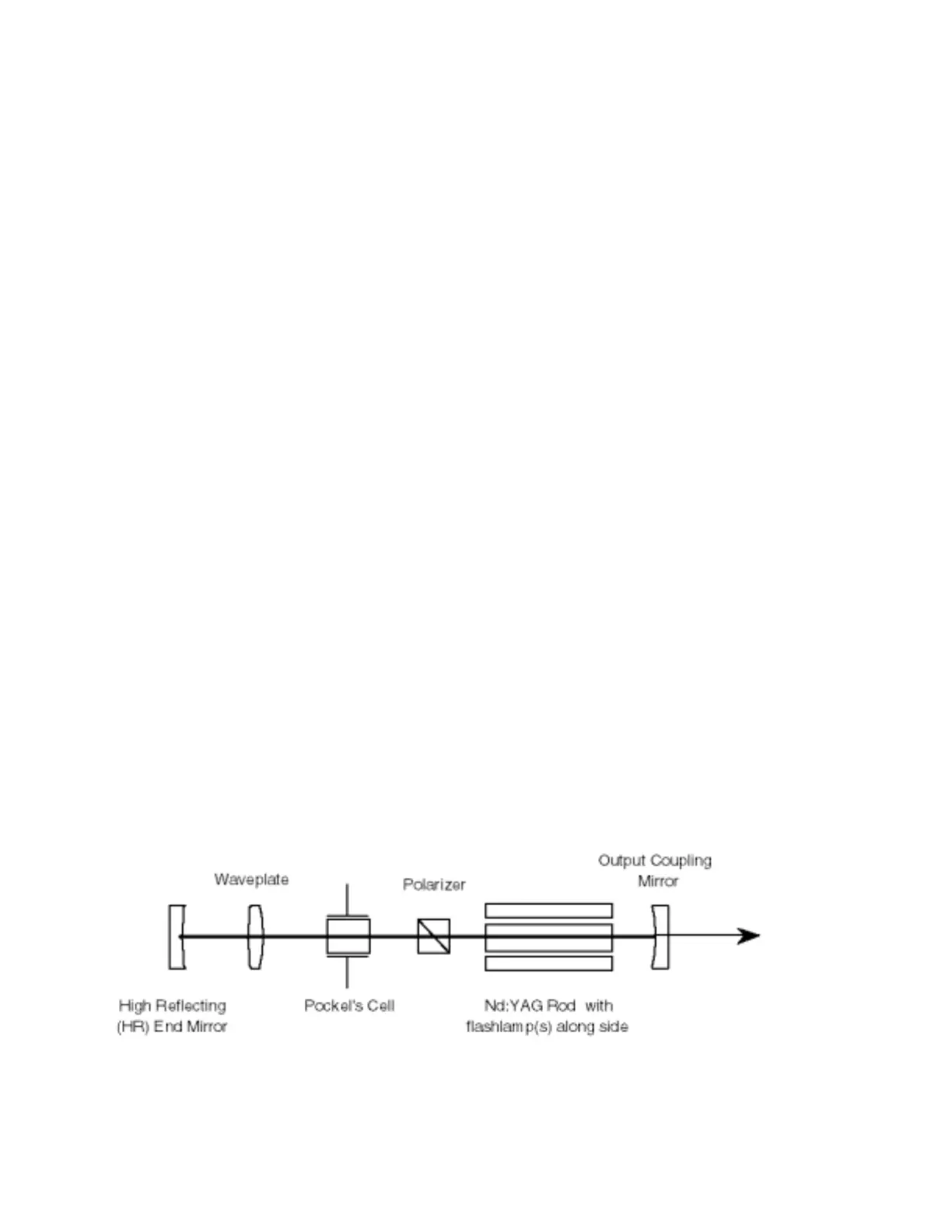1
SECTION 1: OVERVIEW
The Series 101 injection seeding system provides single longitudinal (axial) mode CW output
which results in single longitudinal mode pulsed output when mated with a Nd:YAG host laser. As
an added benefit, by running in a single longitudinal mode the temporal profile of the pulsed output
will be smoothed, and the energy stability will be significantly improved. This is even more
apparent when the output from the Nd:YAG host laser is frequency doubled, tripled, or quadrupled.
The Series 101 requires a degree of theoretical knowledge for good operation of the laser
system. For this reason, the theory underlying the injection seeding system is discussed first, and a
description of the system and operation follows.
1.1 INJECTION SEEDING THEORY
Injection seeding refers to the process of achieving single longitudinal mode operation of a
pulsed laser by injecting radiation from a very narrow linewidth, continuous-wave (CW) "seed"
laser into the pulsed "host" laser cavity during the time the Q-switch opens. For injection seeding to
work properly it is important that the seed laser emission be orders of magnitude more intense than
any spontaneous noise emission also present in the host laser cavity.
When the seed laser frequency is within the bandwidth of a pulsed cavity mode (ie. it is resonant
with the pulsed laser cavity) a Q-switched pulse will develop more rapidly out of this "seed"
emission than it can out of background spontaneous noise emission. Consequently, the pulse
developing out of the seed signal will saturate the gain medium and extract the energy (thereby
depleting the gain) before a pulse which is simultaneously trying to grow out of noise emission.
This inhibits amplification and growth of any pulse developing out of noise emission. Thus, all of
the energy stored in a homogeneously broadened gain element
1
, such as Nd:YAG, is depleted by the
pulse which developed from the seed laser emission, resulting in single frequency output from the
pulsed laser.
The sections that follow give a more detailed description of injection seeding with reference to
the high power "host" lasers for which the injection seeding system was developed.
1.1.1 Longitudinal Modes of a Standing Wave Resonator
The basic elements of a typical electro-optically Q-switched laser are shown in Figure 1-1.
Figure 1-1: Optical Components of a Typical Host Resonator

